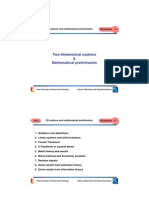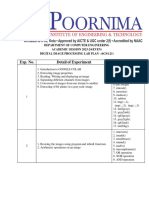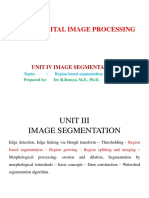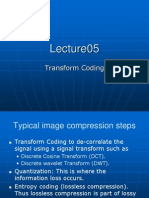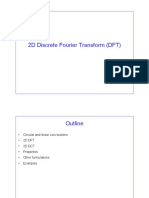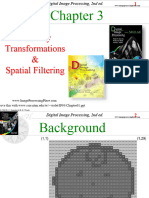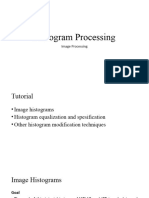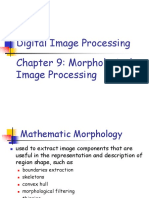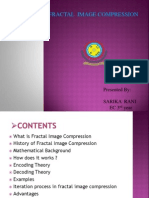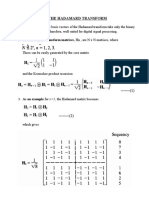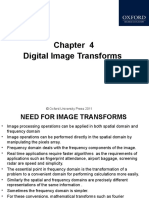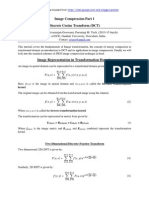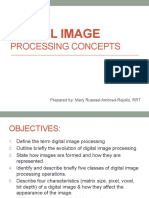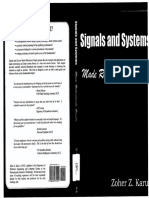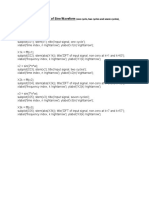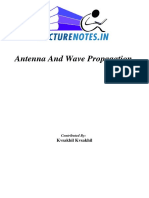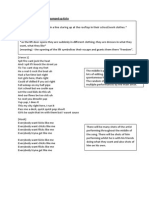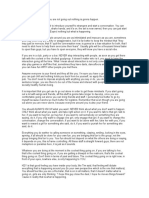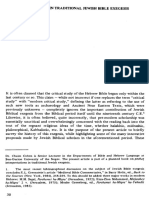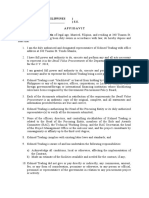0% found this document useful (0 votes)
134 views13 pagesIntroduction About Image Transforms
Image transforms are mathematical tools that convert an image from the spatial domain to another domain such as the frequency domain. This enables features to be identified more easily and represents the image more compactly using fewer samples. Common image transforms include the discrete cosine transform, discrete Fourier transform, and wavelet transform, which are used for applications like image compression, filtering, and feature extraction. Image transforms preserve image information but change the representation, and can be reversed to reconstruct the original image.
Uploaded by
narasimhan kumaraveluCopyright
© © All Rights Reserved
We take content rights seriously. If you suspect this is your content, claim it here.
Available Formats
Download as PPT, PDF, TXT or read online on Scribd
0% found this document useful (0 votes)
134 views13 pagesIntroduction About Image Transforms
Image transforms are mathematical tools that convert an image from the spatial domain to another domain such as the frequency domain. This enables features to be identified more easily and represents the image more compactly using fewer samples. Common image transforms include the discrete cosine transform, discrete Fourier transform, and wavelet transform, which are used for applications like image compression, filtering, and feature extraction. Image transforms preserve image information but change the representation, and can be reversed to reconstruct the original image.
Uploaded by
narasimhan kumaraveluCopyright
© © All Rights Reserved
We take content rights seriously. If you suspect this is your content, claim it here.
Available Formats
Download as PPT, PDF, TXT or read online on Scribd
/ 13



